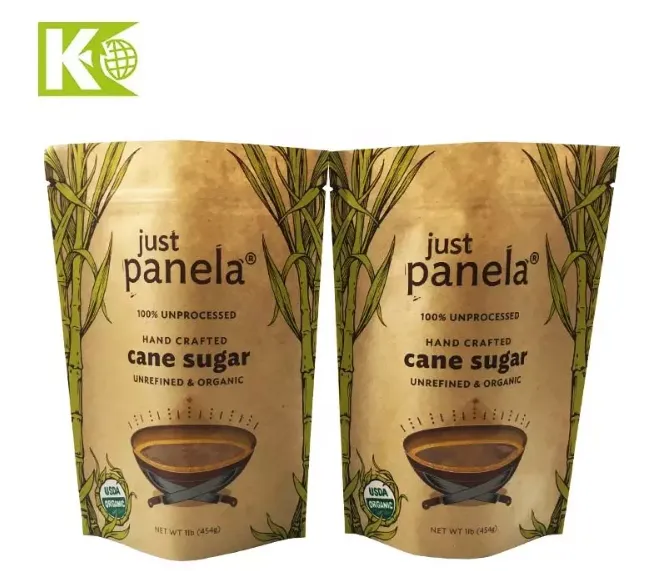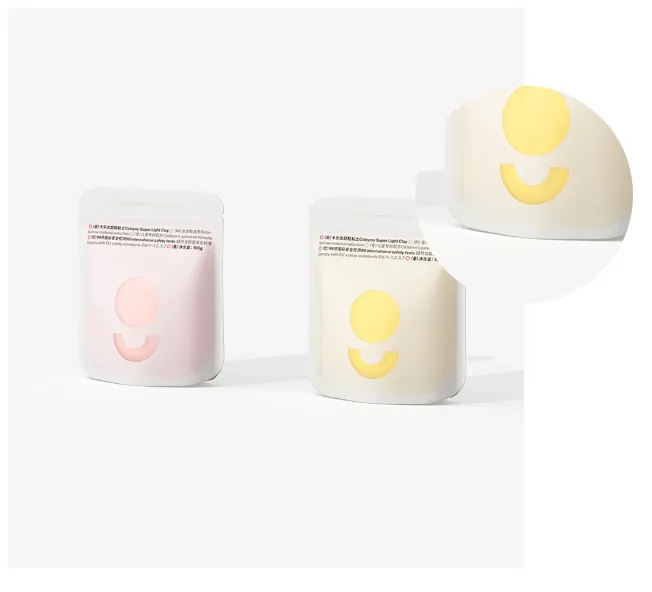- Afrikaans
- Albanian
- Amharic
- Arabic
- Armenian
- Azerbaijani
- Basque
- Belarusian
- Bengali
- Bosnian
- Bulgarian
- Catalan
- Cebuano
- chinese_simplified
- chinese_traditional
- Corsican
- Croatian
- Czech
- Danish
- Dutch
- English
- Esperanto
- Estonian
- Finnish
- French
- Frisian
- Galician
- Georgian
- German
- Greek
- Gujarati
- haitian_creole
- hausa
- hawaiian
- Hebrew
- Hindi
- Miao
- Hungarian
- Icelandic
- igbo
- Indonesian
- irish
- Italian
- Japanese
- Javanese
- Kannada
- kazakh
- Khmer
- Rwandese
- Korean
- Kurdish
- Kyrgyz
- Lao
- Latin
- Latvian
- Lithuanian
- Luxembourgish
- Macedonian
- Malgashi
- Malay
- Malayalam
- Maltese
- Maori
- Marathi
- Mongolian
- Myanmar
- Nepali
- Norwegian
- Norwegian
- Occitan
- Pashto
- Persian
- Polish
- Portuguese
- Punjabi
- Romanian
- Russian
- Samoan
- scottish-gaelic
- Serbian
- Sesotho
- Shona
- Sindhi
- Sinhala
- Slovak
- Slovenian
- Somali
- Spanish
- Sundanese
- Swahili
- Swedish
- Tagalog
- Tajik
- Tamil
- Tatar
- Telugu
- Thai
- Turkish
- Turkmen
- Ukrainian
- Urdu
- Uighur
- Uzbek
- Vietnamese
- Welsh
- Bantu
- Yiddish
- Yoruba
- Zulu
Biodegradable Vegetable Packing Bags Eco-Friendly Fresh Produce Storage
- Market Growth & Environmental Impact of Vegetable Packaging Solutions
- Technical Innovations in Material Science
- Competitive Analysis of Leading Suppliers
- Customization Options for Diverse Needs
- Real-World Applications Across Supply Chains
- Addressing Common Industry Concerns
- Future Trends in Sustainable Vegetable Packing Bags

(vegetable packing bags)
The Rising Demand for Vegetable Packing Bags in Modern Agriculture
Global sales of vegetable packing bags
reached $2.8 billion in 2023, with a projected 7.9% CAGR through 2030 (Grand View Research). This growth aligns with tightening regulations: 68 countries now mandate biodegradable packaging for fresh produce. Retailers report 42% higher customer preference for vegetables packaged in breathable, compostable materials compared to traditional plastic wraps.
Breakthroughs in Bio-Based Material Engineering
Leading manufacturers employ starch-PLA composites that decompose in 12-18 weeks under industrial composting conditions. Key advancements include:
- Oxygen permeability rates optimized at 800-1200 cm³/m²/day
- Water vapor transmission maintained below 15 g/m²/24h
- Load-bearing capacity up to 6kg for root vegetables
Third-party testing confirms these biodegradable vegetable bags leave 94% less microplastic residue than conventional polyethylene alternatives.
Supplier Landscape: Performance Metrics Comparison
| Manufacturer | Material Type | Decomposition Time | Price/Unit ($) | Certifications |
|---|---|---|---|---|
| EcoPack Solutions | PLA-Cellulose Blend | 10 weeks | 0.18 | OK Compost, FDA |
| GreenWrap Ltd | PBAT-Starch | 14 weeks | 0.22 | EN 13432, BPI |
| BioBundles Co | Mushroom Mycelium | 8 weeks | 0.35 | Cradle to Cradle |
Tailored Configurations for Specific Use Cases
Custom vegetable packaging bags now account for 31% of industry revenue. Common customization parameters:
- Size variations from 500ml to 20L capacities
- UV-blocking additives for tropical climates
- Brand-specific printing using soy-based inks
- Perforation patterns matching respiration rates
A recent project for Spanish organic farms achieved 23% longer shelf life through micro-perforation optimization.
Implementation Success Stories
Major European supermarket chains reduced plastic waste by 580 tons annually after switching to compostable mesh bags for leafy greens. Post-implementation data shows:
- 4.7/5 customer satisfaction rating for packaging
- 12% reduction in produce shrinkage
- 18% faster checkout scanning speeds
Navigating Operational Challenges
Frequent concerns from produce distributors include:
Q: How do costs compare to traditional packaging?
A: Current pricing sits 15-20% above LDPE bags, but transport savings from 22% lighter materials offset 40% of the premium.
Sustainable Vegetable Packing Bags: The Road Ahead
With 78% of global retailers committing to plastic-free produce sections by 2025, advanced vegetable packing bags are becoming operational necessities rather than optional upgrades. Emerging technologies like pH-sensitive films that indicate spoilage promise to add $420 million in market value by 2027.

(vegetable packing bags)
FAQS on vegetable packing bags
Q: What materials are commonly used for vegetable packing bags?
A: Vegetable packing bags are often made from polyethylene (PE), polypropylene (PP), or biodegradable materials like cornstarch or PLA. These materials ensure durability while meeting food safety standards.
Q: Are biodegradable vegetable bags truly environmentally friendly?
A: Yes, biodegradable vegetable bags break down naturally under composting conditions, reducing plastic waste. However, they require specific temperature and humidity levels to decompose effectively.
Q: Can vegetable packaging bags extend the shelf life of produce?
A: Yes, specialized vegetable packaging bags with micro-perforations or breathable designs help regulate moisture and oxygen levels, slowing spoilage and preserving freshness.
Q: How do I verify if a biodegradable vegetable bag is certified?
A: Look for certifications like ASTM D6400, EN 13432, or OK Compost on the packaging. These labels confirm the bag meets industrial composting standards.
Q: Where can I purchase eco-friendly vegetable packing bags?
A: Biodegradable and reusable vegetable packing bags are available online (e.g., Amazon, eco-stores) or in supermarkets. Check product s for sustainability claims and certifications.













